Cannabinoid THC Dominant
THC 21 - 22%
CBD 0.42 - 0.52%
Effect Nausea
Side Effect Dizzy
Flavor Apple
Margy Mints Strain
THC
CBD
Potency
Margy Mints is a favorite among hybrid lovers who prefer well-balanced 50/50 strains. Although its THC level of 21-22% doesn’t sound much, many smokers note it’s a pretty potent cannabis cultivar. First-timers should opt for less powerful marijuana options. If you are interested in other active chemical compounds derived from this plant, check the list below:
- CBD 0.42-0.52%
- CBC 0.13-0.27%
- CBG 0.03-0.11%
- CBN 0.07-0.21%
- THCV 0.3-0.59%
Smell and Taste of Margy Mints
People who expect to find a refreshing mint aroma in the Margy Mints strain will be disappointed. Though its aroma profile is far from this aromatic plant, it’s also worth trying. The buds have a smell of sweet apples and mango, but notes of tobacco and skunk are also noticeable. Caryophyllene and nerolidol are responsible for the primary strain’s flavors. Other terpenes that are found in this plant but less abundant are as follows:
- Pinene
- Humulene
- Limonene
- Sabinene
Major Effects and Properties
The high provided by this weed begins with a burst of energy and focus, filling people with creative inspiration and euphoria. Minor effects reported by smokers are occasional giggles, tingling sensations, and hunger.
Evenly-balanced hybrids are often popular among MMJ patients because they offer a mix of physical and cerebral effects. The Margy Mints strain helps relieve symptoms caused by:
- Stress
- Glaucoma
- Alzheimer’s disease
- Multiple sclerosis
- Arthritis
- Pain
- Migraines
- PMS
- Fibromyalgia
- Attention-deficit/hyperactivity disorder
People who smoke too much of this bud and individuals with low tolerance may get adverse reactions manifested by:
- Dizziness
- Heightened sensory perception
- Insomnia
- Hallucination
- Thirst and dry mouth
- Dry eyes
- Drowsiness
- Headache
- Low blood pressure
Grower’s Review
This kush is a fast grower that takes 52-62 days to flower and 62 days to deliver yields. The cultivation difficulty is moderate, but this strain will help boost growers’ confidence with a rewarding harvest. The indoor crops can be as high as 1-2 oz./ft2, while grown outdoors, plants deliver 10-15 oz. of dried flowers per plant. The produced buds are dense and oversized. Regardless of the environment type, the height of herbs reaches only 30-60 inches, making them a perfect choice for places with limited space.
Side Effects
Simply let us know how this strain tastes or write a detailed review.
Margy Mints Strain Cannabinoids
| THC | Tetrahydrocannabinol, or THC, is a major cannabis chemical compound. It is a psychoactive element that stimulates dopamine release and induces euphoria or happiness. THC-rich strains may be helpful with such conditions as lack of appetite, chronic pains , etc. It is considered to be the primary active marijuana component. | 21 - 22% |
| CBD | Cannabidiol, or CBD, is a major compound in cannabis, which is non-psychoactive. It is also proved to counteract the side effects of the second major component THC. CBD is widely used for medicinal purposes in rubs, oils and so on. It is helpful in muscle pain cases, may treat arthritis and migraines. Even Greeks used it against pain, while Queen Victoria applied it to get rid of menstrual cramps. | 0.42 - 0.52% |
| CBC | Cannabichromene, or CBC, is a minor cannabinoid, meaning that its quantity in cannabis is quite little. Though it has the same origin as CBD and THC, it is different in functions. Without any psychoactive effects, it is an efficient cannabis compound in combating acne and depression. CBC produces analgesic, antibacterial and anti-inflammatory effects. | 0.13 - 0.27% |
| CBG | Cannabigerol, or CBG, is one of the minor cannabis compounds in adult plants. On the other hand, young ones contain a lot of this antibacterial and anti-inflammatory component. During the growth, CBG is converted into different cannabinoids, mostly THC and CBD. The compound itself increases appetite and decreases eye pressure. | 0.03 - 0.11% |
| CBN | Cannabinol, or CBN, is a trace element in cannabis that is considered to be mildly psychoactive. It appears from oxidation THC, exposed to light and heat. CBN is mostly contained in old cannabis and in traditional hashish. It is effective against insomnia, bacterial infections and appetite loss. | 0.07 - 0.21% |
| THCV | Tetrahydrocannabivarin, or THC-V, is a compound contained in cannabis in trace amounts. Even though it is close to THC molecularly, it is different in effects. This compound may be psychoactive only in large amounts. THC-V reduces blood sugar, controls appetite, stimulates bone growth, etc. African Sativa strains are the richest in THC-V. | 0.3 - 0.59% |
Margy Mints Terpene Profile
| Carene | Carene (also known as Delta-3 carene) is a terpene found in rosemary, lemons, pines, and cedars, offering citrusy and cypress aroma. Studies on mice showed that carene provides anti-inflammatory effects, as well as promotes bone health and chronic pain relief. | 0.07% |
| Pinene | Pinene is one of the most widespread terpenes in nature, found in pine trees, basil, nutmeg, parsley, and rosemary. Cannabis containing terpene (alpha-pinene or α-pinene) boasts a strong pine scent. Pinene is responsible for anti-inflammatory, pain-relieving, and anti-anxiety effects. | 0.09% |
| Myrcene | Myrcene (also known as β-myrcene) is one of the most common terpenes found in cannabis, representing more than 20% of the modern marijuana terpene profile. Myrcene has a distinct earthy, musky flavor, resembling cloves. It is responsible for calming and soothing effects of weed. Myrcene is also found in hops, thyme, mango, lemongrass, guava melon. | 0.07% |
| Camphene | Camphene is terpene common for carrots, pepper, dill, fennel, nutmeg, thyme, as well as other fruits and vegetables. Camphene has a damp, pungent, herbal, minty aroma with pine undertones. In cannabis, mostly found in Indica strains. Camphene causes cooling sensations, having anti-inflammatory, antibiotic, antioxidant, analgesic, and antifungal effects. | 0.08% |
| Humulene | Humulene (also known as α-humulene) is one of the major terpenes found in cannabis, contributing to woody, earthy, spicy, herbaceous, and, mainly, floral aromas of cannabis. Used in modern medicine, humulene offers anti-inflammatory, antibacterial, and appetite suppressant effects, which have been well-researched by pharmaceutical companies. | 0.09% |
| Limonene | Limonene (also known as d-limonene) is the second most common terpene in nature and the third most common terpene in cannabis. It has a powerful citrus aroma and can be found in all citruses, including lemons, oranges, grapefruits, limes, juniper, etc. Limonene is known to elevate moods and provide anxiety, depression, and stress relief. | 0.09% |
| Sabinene | Sabinene is a terpene with a peppery, spicy, citrusy, and piney aroma, presented in Norway spruce, Holm oak trees, black pepper, cardamom, and carrot seeds. Found in cannabis in small quantities. Allegedly, sabinene has anti-inflammatory and antimicrobial properties. | 0.09% |
| Nerolidol | Nerolidol (also known as trans-nerolidol) is a terpene found in jasmine, tea tree, and lemongrass, as well as in some cannabis strains. Nerolidol has a distinguished floral aroma with notes of citrus, apples, and rose. The terpene has sedative, anti-anxiety, antimicrobial, anti-parasitic, anti-oxidant, and pain-relieving properties. | 0.14% |
| Eucalyptol | Eucalyptol (also known as cineole) is usually found in eucalyptus, mint, sage, and tea tree oil. Distinguished for its cooling properties, eucalyptol constitutes only up 0.6% of a total terpene profile of a strain. This terpene exhibits potent antibacterial effects and can also be used to treat patients with Alzheimer's disease and asthma. | 0.08% |
| Phellandrene | Phellandrene (also known as alpha- and beta-phellandrene) is one of the rare terpenes found in cannabis with antihyperalgesic and antidepressive properties. Phellandrene contributes to a minty, woody, and mildly citrus aroma in cannabis. Previously confused with limonene and pinene, phellandrene was eventually distinguished as a separate terpene common for eucalyptus. Also, it could be found in mint, dill, black pepper, cinnamon, parsley, pine, and lavender. | 0.06% |
| Caryophyllene | Caryophyllene (also known as beta or b caryophyllene) is a terpene found in many herbs and spices, such as black pepper, basil, rosemary, and oregano. Cannabis high in caryophyllene delivers a strong spicy, peppery aroma, resembling cinnamon and cloves. Caryophyllene offers potent anti-inflammatory and sedative effects. | 0.15% |
| Total terpenes content | 1.01% |
Growing Info
Similar Strains
THC 16 - 22%
CBD 0.37 - 1.24%
Effect Tingly
Flavor Honey
THC 19.33 - 23.33%
CBD 0.48 - 0.88%
Effect Sleepy
Flavor Spicyherbal
THC 18 - 19%
CBD 0.86 - 0.96%
Effect Euphoric
Flavor Lemon
THC 22.33 - 24%
CBD 0.79 - 1.17%
Effect Euphoric
Flavor Lemon
THC 20 - 24%
CBD 0.12 - 1.05%
Effect Talkative
Flavor Woody
THC 15 - 20%
CBD 0.21 - 1.09%
Effect Sleepy
Flavor Apple
THC 16 - 20.25%
CBD 0.44 - 1.08%
Effect Calm
Flavor Citrus
THC 16.5 - 19%
CBD 0.27 - 0.44%
Effect Tingly
Flavor Spicyherbal
THC 20.75 - 24%
CBD 0.29 - 0.76%
Effect Tingly
Flavor Lemon
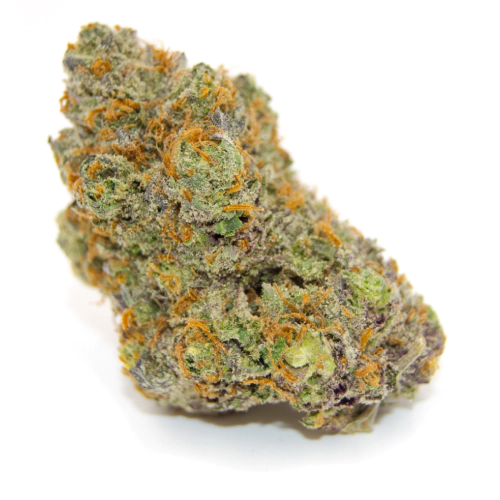
THC 17.25 - 18.75%
CBD 0.37 - 0.81%
Effect Relaxed
Flavor Tar
THC 20.5 - 25%
CBD 0.26 - 0.46%
Effect Happy
Flavor Spicyherbal
THC 18.5 - 21.83%
CBD 5.49 - 5.77%
Effect Talkative
Flavor Spicyherbal

THC 21.5 - 24.75%
CBD 0.45 - 0.84%
Effect Happy
Flavor Diesel

THC 21 - 24%
CBD 0.33 - 0.88%
Effect Giggly
Flavor Tar
THC 16.5 - 19.83%
CBD 0.27 - 0.53%
Effect Uplifted
Flavor Lemon
THC 6 - 8%
CBD 0.24 - 0.57%
Effect Giggly
Flavor Orange

THC 16 - 16.5%
CBD 1.02 - 1.23%
Effect Euphoric
Flavor Berry
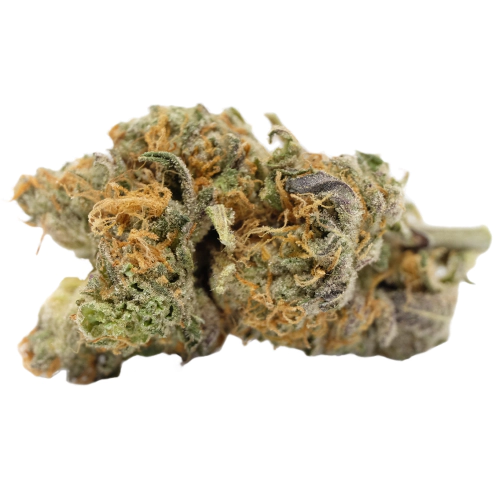
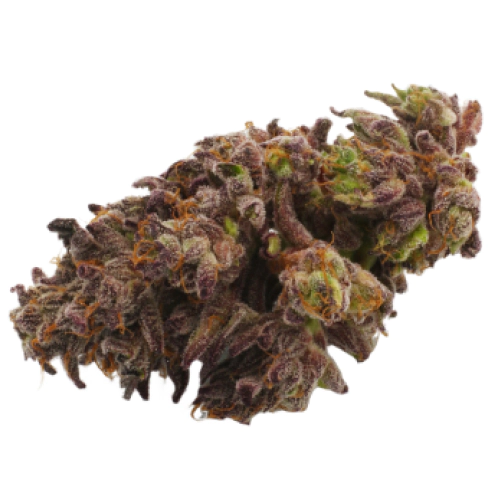




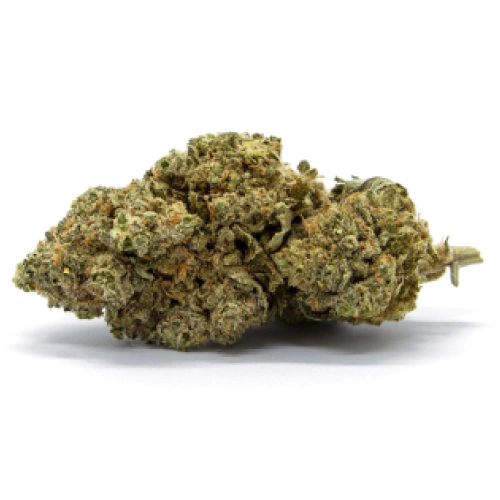

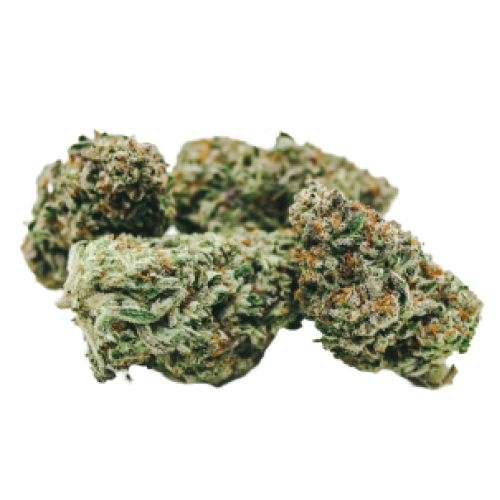
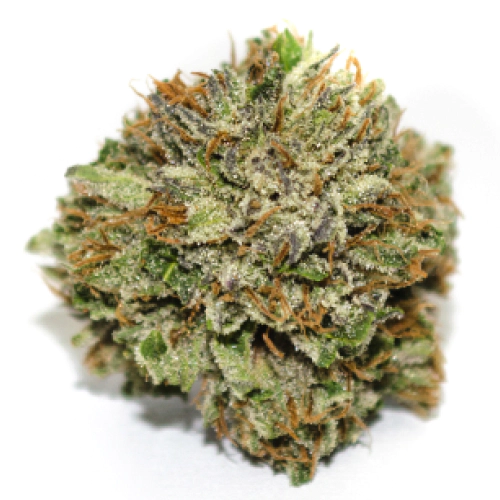
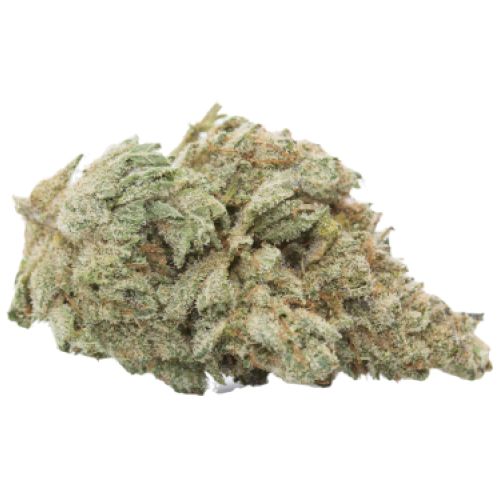
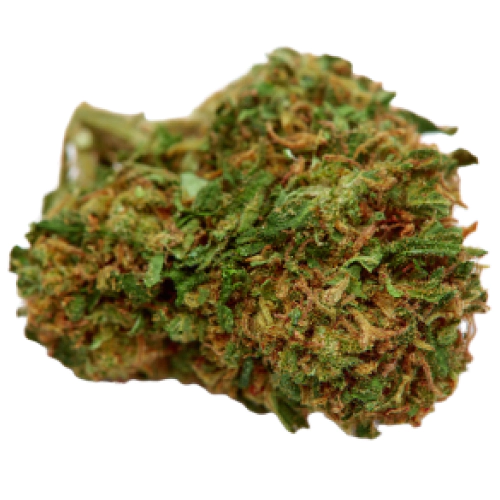
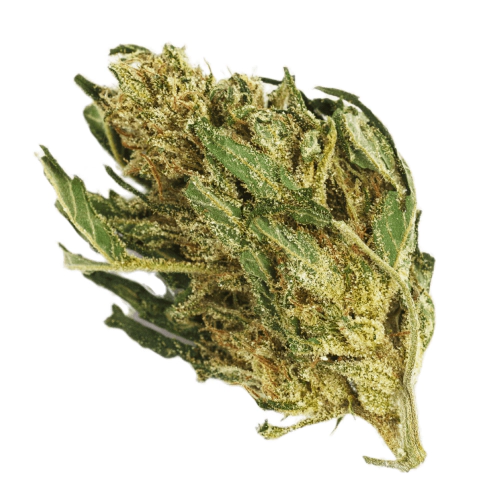
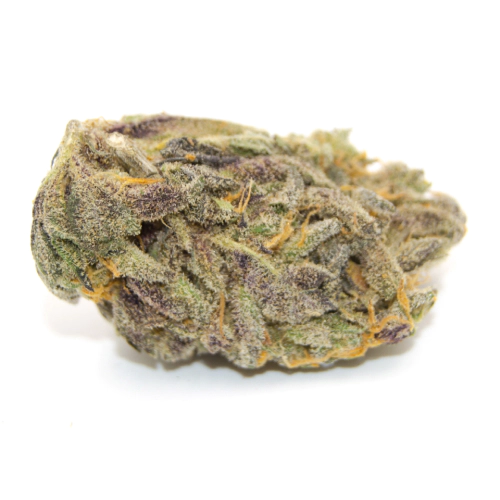
Be the first and share your opinion
Write a Review